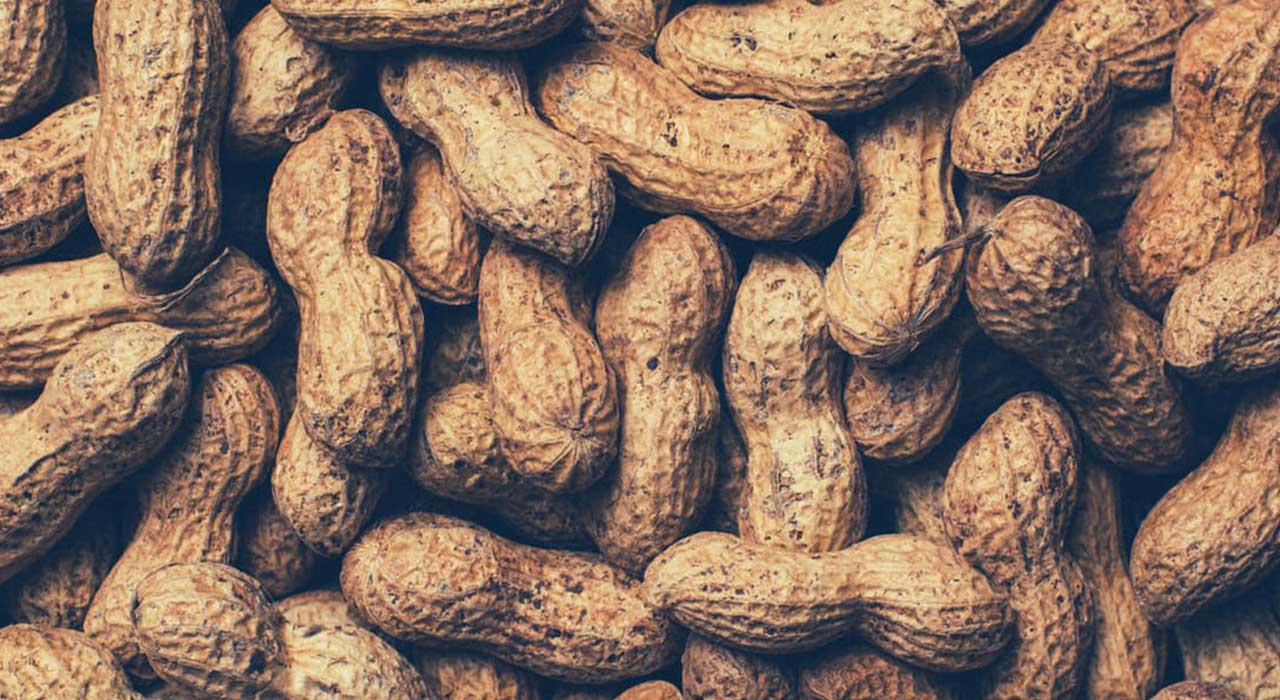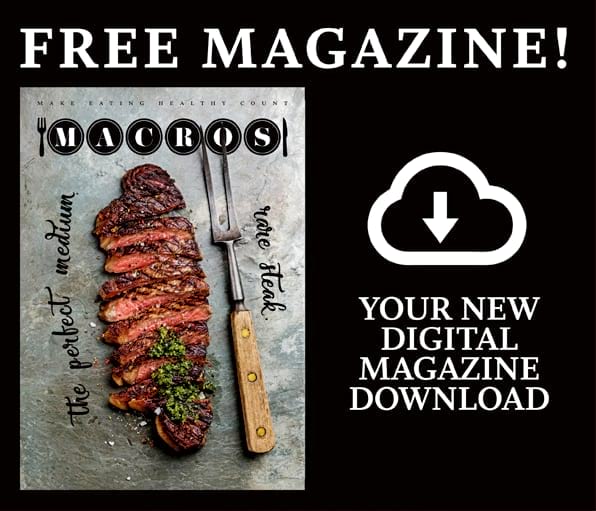By MACROS | Published on February 2, 2014
No nutrient has forged a stronger relationship with exercise than protein. It helps us recover from all forms of training, rebuilds damaged muscle fibers and aids weight loss. Think of it as the Michael Jordan of the nutrition world.
But how do chicken breasts stack up against fish? Or lamb against pork? Well, to cut through the minefield of protein misinformation, here we outline the most commonly eaten food sources with the highest protein content.
So, the bearded Alaskan seal is the richest protein source, but is unlikely to ever end up on your dinner plate. The foods have been ranked in order of their protein content – the more protein they have, the higher their order.
We also tell you what’s particularly good about each entry, what the dangers are of eating too much of it and the most complimentary foods you can eat with each protein. So dig in!
1. Whey protein
The good:
Whey protein is absorbed faster than any other protein, making it ideal for fueling muscle growth. It also boosts your immune system and improves your recovery rate after exercise by 33%.
The bad:
People who are lactose-intolerant should take whey protein isolate as this has less lactose. Other than that it has a clean bill of health.
Eat with: Carbs. Take 25–30g of whey before and after training and accompany it with 40–50g of carbs. “The carbs give you energy to train and replace the used up muscle glycogen,†says sports nutritionist Matt Lovell.
2. Soya protein isolate
The good:
It’s low in saturated fat (0.5g) and researchers at the Nutrition Division of Miami Research Associates found it was equal to whey at building muscle. It’s also rich in iron, which provides additional oxygen to your muscles.
The bad:
It has a reputation for being a man-boob fertilizer. Research published in the journal Human Reproduction found that men who ate the most soy had 41 million sperm per milliliter less than men who did not eat any.
Eat with: An orange. Eating foods rich in vitamin C increased the amount of iron absorbed by up to 12%, according to a study published in the American Journal of Clinical Nutrition.
3. Eggs
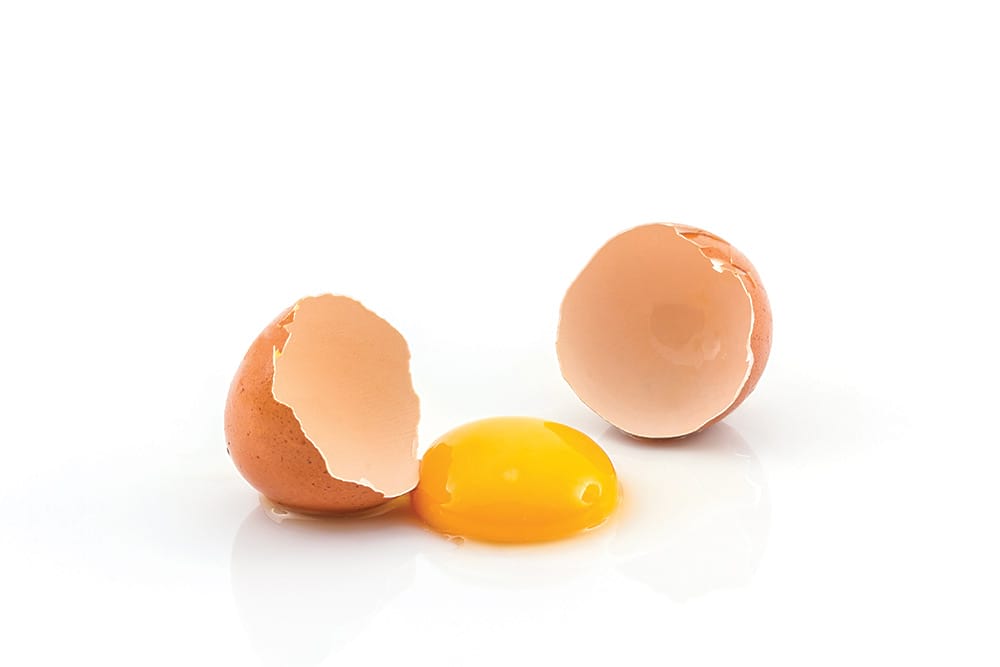
The good:
“Your body absorbs 100% of egg protein making them a powerful muscle building aid,†states Lovell. They are also rich in choline which researchers at Boston University, MA, found enhances reaction times and minimizes mental fatigue.
The bad:
They got a bad rap because of their high cholesterol levels, but the results of a study in the American Journal of Clinical Nutrition show that people who ate two eggs per day had no change in the ratio of their good (LDL) and bad (HDL) cholesterol.
Eat with: Spinach. It’s rich in lutein, which protects your eyes and heart.
4. Fresh tuna
The good:
This is a lean protein source that has a 1,298mg dose of omega-3, which will help weight loss and muscle gain. It will also provide your RDA of magnesium, potassium, thiamine, niacin, selenium and phosphorus.
The bad:
It can have high traces of heavy metals, such as mercury, and the tinned versions are often ladled with too much oil or salt.
Eat with: Green tea extract. Researchers at the University of Purdue, IN, found that when people ate fish high in heavy metals and took tea extract, the amount of mercury absorbed was reduced by up to 92%. This also works as a fat burner making it a near perfect weight loss combo.
5. Clams and other mollusks
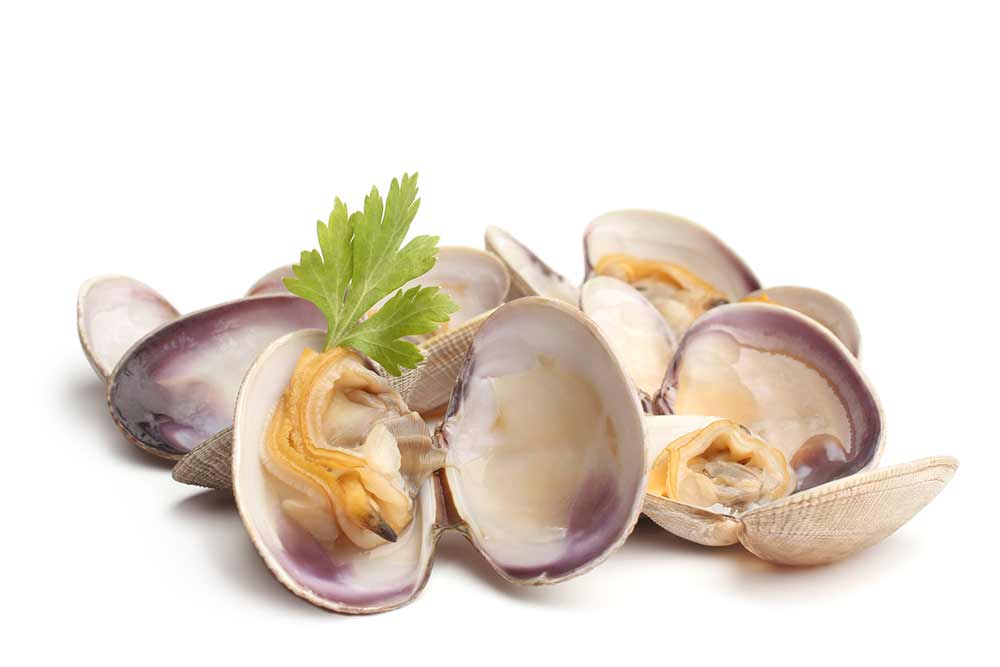
The good:
Just one serving will give you all the energy-yielding vitamin B12 that’ll metabolize fats, carbs and protein. You’ll also get 155% of your iron RDA – slightly more than lamb – which fuels endurance exercise.
The bad:
They are high in cholesterol (130mg), but researchers at Texas A&M University found that eating cholesterol can help add muscle if your cholesterol levels are normal.
Eat with: Chilli peppers. Rich in vitamin C, they’ll help absorb a lot of the 10mg of iron found inside.
– RELATED: Protein-rich Pasta Wraps For When You’re On The Move –
6. Lamb
The good:
Lamb is rich in the energy-yielding vitamins niacin and B12, which helps give you slightly more energy than pork so you can exercise long enough to attack your fat reserves.
The bad:
It’s high in saturated fat (5g per 100g) but has little of it inside the meat so trim the squidgy bits before eating.
Eat with: Thai spices. Research at the University of Arkansas found they can inhibit the cancer-causing heterocyclic amines often found in red meat by 43%.
7. Pork tenderloin
The good:
Pork is a great source of vitamins B12, B6 and B3, which break down carbs and fat. It also contains zinc, which helps your body produce testosterone.
The bad:
A 100g cut of pork will soak up 38% of your daily cholesterol allowance so limit it to a few times a week because pork products are often full of harmful sodium nitrates.
Eat with: Bell peppers. These are full of vitamin E and C, which are antioxidants that can limit the damage caused by nitrates.
8. Fresh salmon
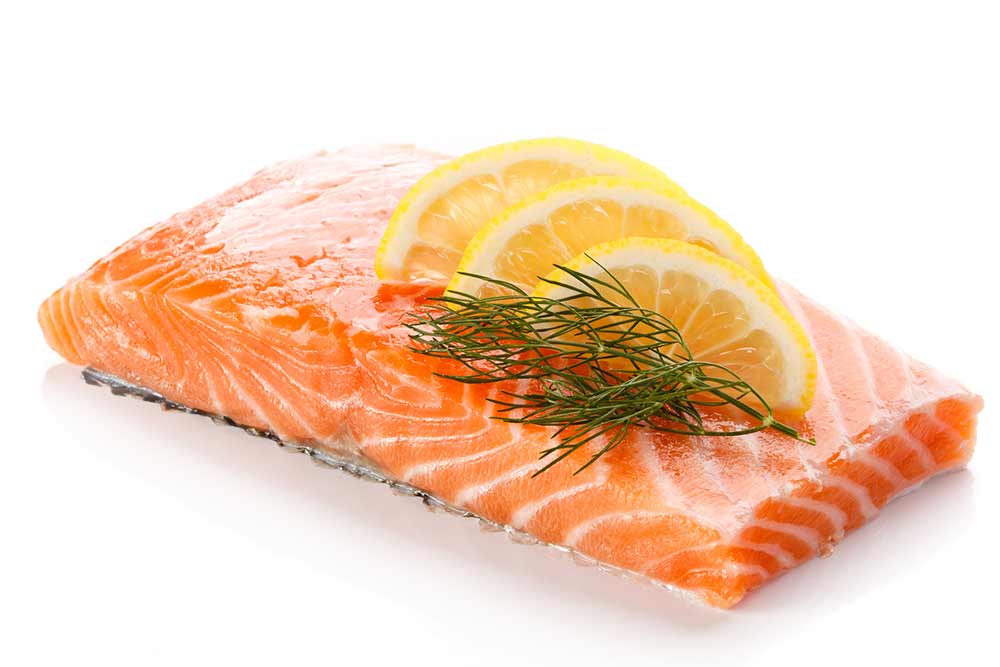
The good:
A tiny 200g slab will exceed your RDA for vitamins B6 and B12, which will help your body release energy from the rest of the foods you eat. So you’ll get more oomph from the sushi rice.
The bad:
It’s plagued with the same heavy metal warnings as tuna, so eat with green tea extract.
Eat with: Tofu. Research published in the journal Nutrients found that soy can help you absorb more vitamin D, which is abundant in salmon.
9. Peanuts
The good:
Spread the peanut thick on your toast because just 100g will provide your RDA of manganese, which keeps your bones strong and wards off workout-ending muscle cramps.
The bad:
They often go hand in hand with salt.
Eat with: A high-fat meal. They’re rich in vitamin B3, which helps your body metabolize fats and regulate insulin. A small handful will help take the sting out of your cheat meal.
